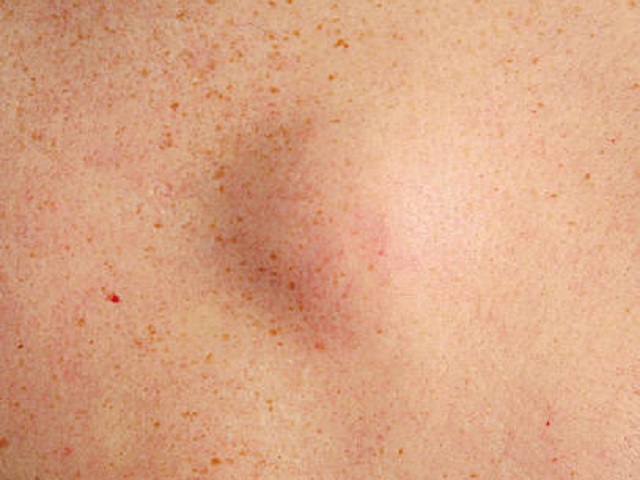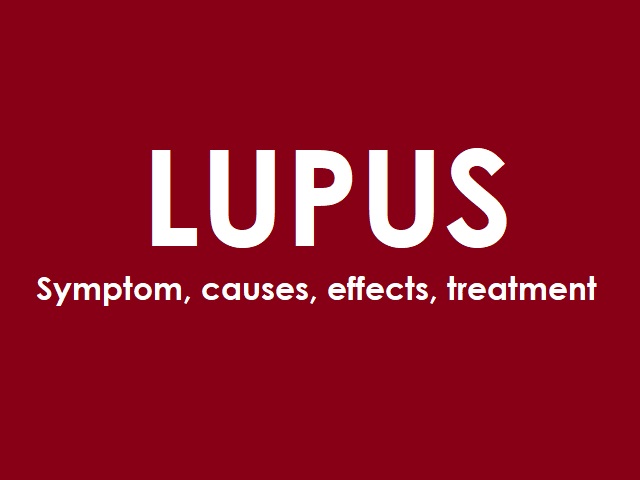5 Signs You May Have Retinoblastoma -- Symptoms, Causes, Effects, Treatment and Prevention
Retinoblastoma is a rare type of eye cancer that primarily affects young children. It develops in the retina, the light-sensitive tissue at the back of the eye. Retinoblastoma can occur in one or both eyes and may lead to vision loss or other complications if left untreated. It is important to detect and diagnose retinoblastoma early to ensure appropriate treatment and preserve vision.
Symptoms of Retinoblastoma:
Signs and symptoms of retinoblastoma may include:
- Whitish glow or reflection in the affected eye(s) when light is shone on it (cat's eye reflex or leukocoria)
- Crossed or misaligned eyes (strabismus)
- Poor vision or vision loss in the affected eye(s)
- Redness, swelling, or unusual appearance of the eye(s)
- Pupil that appears white instead of the usual dark color
Diagnosis of Retinoblastoma:
Diagnosing retinoblastoma involves various procedures, including:
- Comprehensive eye examination, including a detailed examination of the retina
- Imaging tests, such as ultrasound or MRI, to assess the extent of the tumor and its location
- Examination under anesthesia to thoroughly evaluate the tumor and plan for treatment
- Genetic testing to identify mutations in the RB1 gene, which is associated with hereditary forms of retinoblastoma
Causes of Retinoblastoma:
The majority of retinoblastoma cases are caused by a genetic mutation in the RB1 gene, which is responsible for regulating cell growth in the retina. This mutation can occur randomly (sporadic) or be inherited from a parent with the genetic alteration. Individuals with hereditary retinoblastoma have a higher risk of developing tumors in both eyes and may also have an increased risk of other cancers later in life.
Effects of Retinoblastoma:
The effects of retinoblastoma can vary depending on factors such as the stage and location of the tumor, treatment approach, and individual characteristics. If left untreated or in advanced cases, retinoblastoma can lead to severe vision loss or even loss of the affected eye. Additionally, individuals with retinoblastoma may face emotional and psychological challenges related to their diagnosis and treatment.
Treatment of Retinoblastoma:
Treatment options for retinoblastoma depend on the extent and characteristics of the tumor, as well as the child's overall health. Treatment approaches may include:
- Laser therapy: Using a focused beam of light to destroy small tumors
- Chemotherapy: Administering drugs to shrink tumors or prevent their growth
- Cryotherapy: Freezing tumors with extreme cold to destroy them
- Radiation therapy: Using high-energy beams to kill cancer cells
- Enucleation: Surgical removal of the affected eye in advanced cases to prevent the spread of the cancer
Prevention of Retinoblastoma:
There is currently no known way to prevent the development of retinoblastoma. However, regular eye examinations, particularly in children with a family history of retinoblastoma or genetic predisposition, can aid in early detection and treatment. Genetic counseling and testing may be recommended for families with a history of retinoblastoma to assess the risk of the condition in future generations.
References:
Dimaras, H., Kimani, K., Dimba, E. A., Gronsdahl, P., White, A., Chan, H. S., & Gallie, B. L. (2012). Retinoblastoma. The Lancet, 379(9824), 1436-1446. doi: 10.1016/S0140-6736(11)61137-9

















